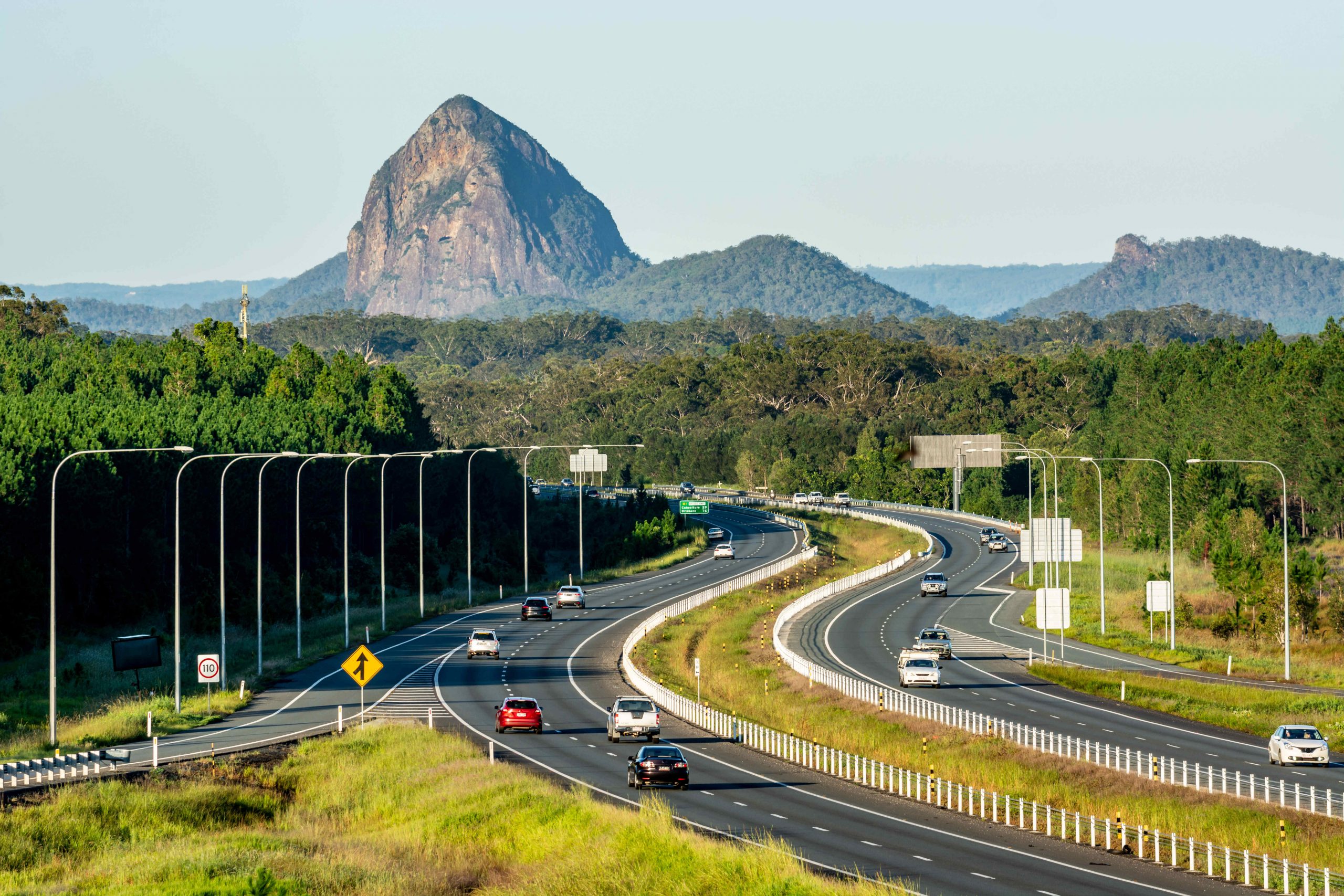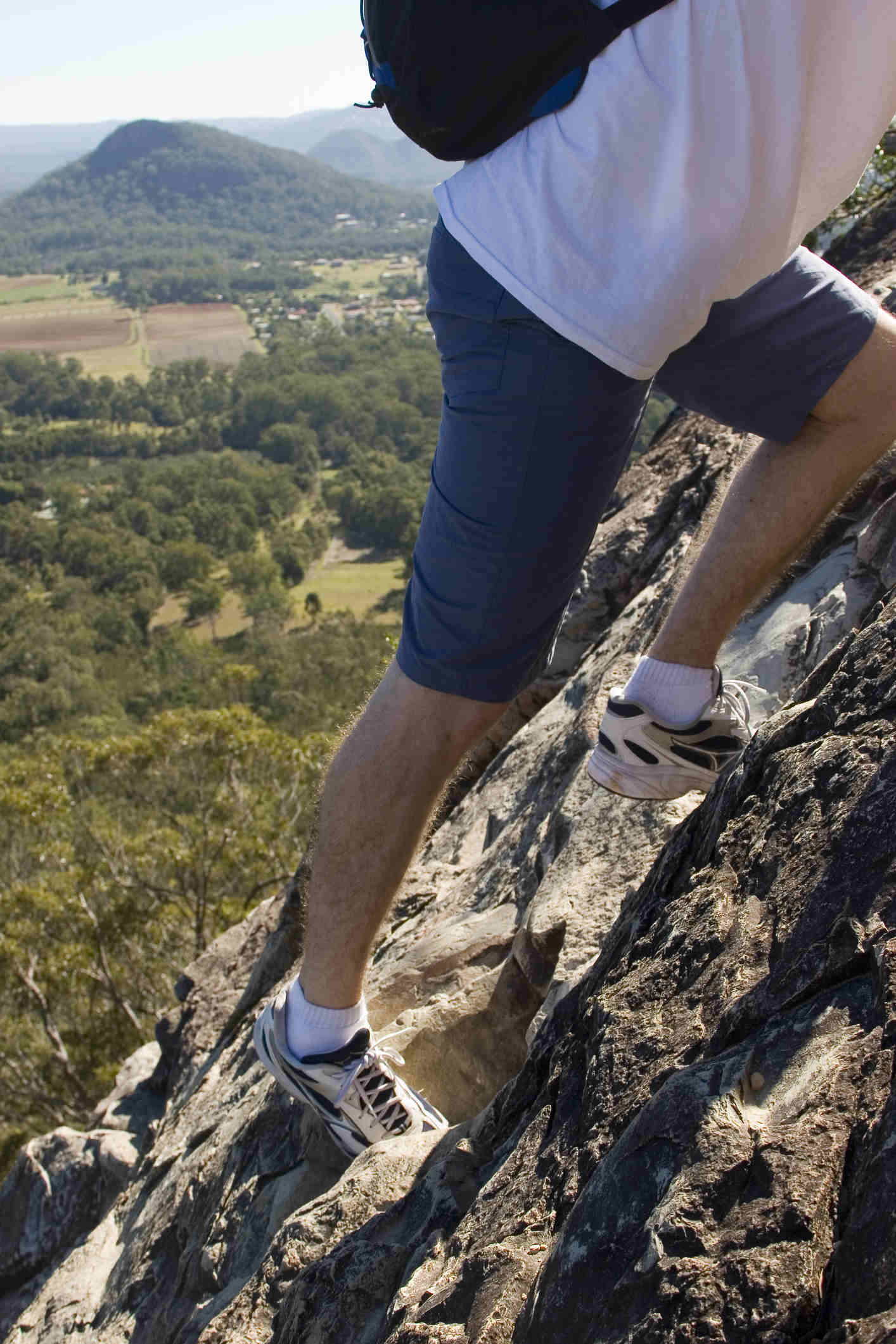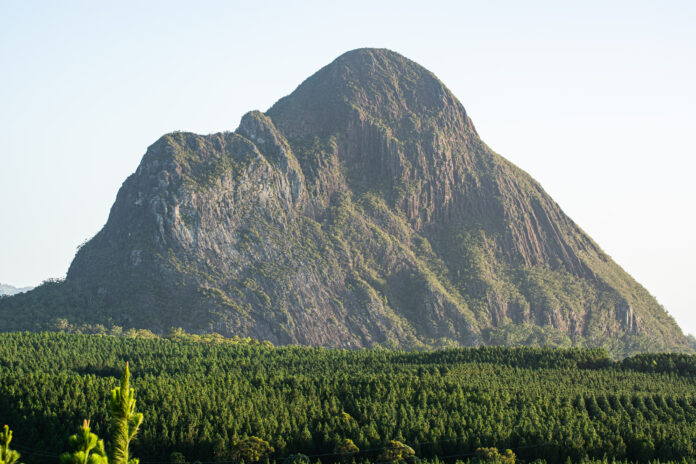Frightful figures have emphasised the hazards of climbing the Sunshine Coast’s most conspicuous mountains.
Queensland Fire and Emergency Services statistics showed that rescue crews attended 113 call-outs to the Glass House Mountains during the past five years, despite travel restrictions and border closures during the height of COVID.
That included a five-year high of 25 call-outs last year.
Crews were involved in vertical rescues and extrications, and provided assistance to the Queensland Ambulance Service.
There are several peaks in the Glass House Mountains National Park that pose risks to unsuspecting hikers.
Among them is Mt Beerwah, the scene of several incidents, including a 20m plunge in 2019 that left a man in a critical condition.
Mt Ngungun was the location of a teenager’s fatal fall in 2021, while a woman fell to her death there in 2017.
Mt Coonoowrin was closed in 1999 after three deaths and several injuries since the 1970s.

Mt Tibrogargan is a prolific source of accidents, on the eastern face and the popular western summit route.
A man fell to his death in 2018, while another man fell and died in 2016.
A teenage girl fell to her death in 2008, while one newspaper article reported a fatality on the mountain as far back as the 1940s.
Scores more people have suffered injuries and required rescuing.
Rescuer and senior firefighter Sean Walker said climbing Mt Tibrogargan can be “very dangerous”.
He said the western summit route was a common place for hikers to come unstuck.
“It’s usually because they’re not really prepared for it,” he said.

“Their friends might have done it, so they believe they can do it, but it’s outside their capabilities.
“If you are an experienced climber or hiker, it can be safe, but some people see it on social media and think they can do it, when really they can’t.”
Many are caught out at one particularly daunting section of the route, the aptly named Chicken Rock.
“It’s quite sketchy and quite steep,” Mr Walker said.
He said hikers needed to be fully prepared for the mountain.
“They need to take precautions: check the weather, let someone know when they will be back, have water and the right clothing and footwear, and a phone, and go with an experienced climber if they haven’t done it before,” he said.
Help us deliver more news by registering for our free daily news feed. All it requires is your name and email. See SUBSCRIBE at the top of this article.





